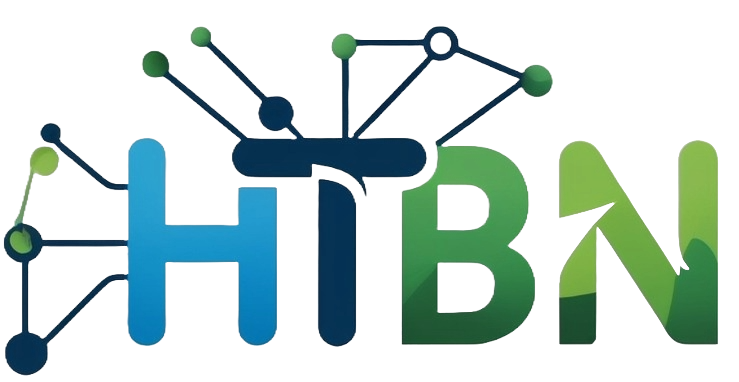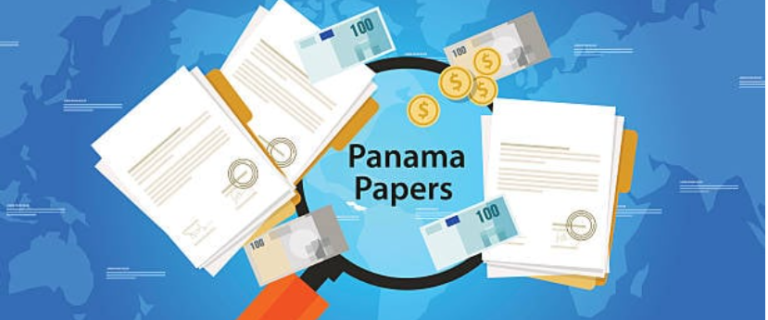The revelation of the Panama Papers leak was one of the most influential events that exposed various political and financial secrets of high-profile entities. Under these leaks, the International Consortium of Investigative Journalists (ICIJ) disguised the several methods and channels used by the imposters to facilitate money laundering practices.
ICIJ exposed approximately 11 million document files under the Panama Papers that revealed the tax haven countries most commonly used for the concealing of illicit funds. Overall, the revelation of these papers also explicitly recognized all the high-profile figures that were most commonly involved in money laundering activities. This blog aims to investigate the various components of the Panama Papers and its impact on the global political structure.
Panama Paper Leak – An Overview of the Political Scandal
The major outbreak of the exposure of political documents appeared in the form of Panama Paper leaks. The major portion of these documents was extracted from a Panamanian law firm known as Mossack Fonseca. Ultimately, the Panama Papers explained the role of major offshore and shell companies that were exploited by high-profile entities to support and conceal their money laundering proceeds.
A major public outrage took place after the release of the Panama Papers. The need to release these documents emerged due to the low rates of transparency and accountability in the global banking framework. Overall, the Panama Papers scandal shook the global political and economic environment due to its extensive revelations. Under these documents, the ICIJ highlighted the influential political entities from all over the world who were found involved in concealing their illicit funds into international tax havens and offshore companies.
Common Money Laundering Methods Exposed in Panama Documents
The Panama Papers did not just reveal the major high-profile entities during the money laundering operations, but they also exposed the various channels through which these operations were carried out.
Here is the breakdown of some of the most common money laundering channels exploited during the Panama Paper leaks:
- The global shell companies established in the tax haven countries were revealed to be the biggest source of money laundering operations. Additionally, the documents exposed the involvement of legal banking entities in facilitating the illicit practices of high-profile political influencers.
- Various offshore companies were revealed to be the main contributors to the global money laundering practices conducted by high-profile political leaders.
- The bearer shares and bonds were also found to be the major cause that led to the money laundering activities. These channels and financial operations allowed the imposters to effectively deny the ownership of various assets to combat overall tax evasion.
The Global Impact of Panama Papers Leaks
The repercussions and consequences of the Panama Papers leaks were observed globally as they targeted major political entities and high-profile business entities during their assessment. Due to these reasons, several changes and improvements in the global regulatory checks were made to optimize financial and economic practices in real-time. The economic jurisdictions were required to adhere to effective anti-money laundering screening practices to understand the transactional patterns and risk profiles of sanctioned and other politically exposed individuals.
After the Panama Papers leaks, the global political fallout was experienced as major political party leaders and members were imprisoned or sanctioned due to their illegal financial and economic activities carried out by them in the past and during their time in power. Additionally, an extensive amount of public awareness operations were conducted to alert individuals about the harms associated with the party members that they actively support.
Effective Measures Used for Optimized Panama Paper Fact Checks
After the exposure of the Panama Paper leaks, major government authorities highlighted the integration of Common Reporting Standards (CRS) to optimize the screening of client’s transactional and financial activities. The ultimate objective and purpose of CRD was to promote transparency in international transactional operations.
Not only that, countries were assisted and supported in incorporating automated sanction screening and PEP risk management checks to stimulate the effectiveness of the global financial framework. These checks ensure compliance with the regulatory framework, which allows businesses and organizations to effectively understand whether the potential bank account holders and traders are legitimate and authorized by government officials.
Sanction screening, adverse media checks, and PEP database management serve a crucial role in the optimization of financial and non-financial activities as they allow businesses to restrict the involvement of sanctioned and high-profile entities from their services in real-time.
Concluding Remarks
Panama Papers serves a crucial role in shaping the global regulatory framework and guidelines of the financial and non-financial institutions. These documents exposed various high-risk entities and channels that the imposters usually used to conceal their illicit money laundering and terrorist financing activities. Panama Papers also enabled global businesses and financial institutions to optimize effective and automated screening practices to prevent imposters from engaging with legitimate financial and banking accounts.

